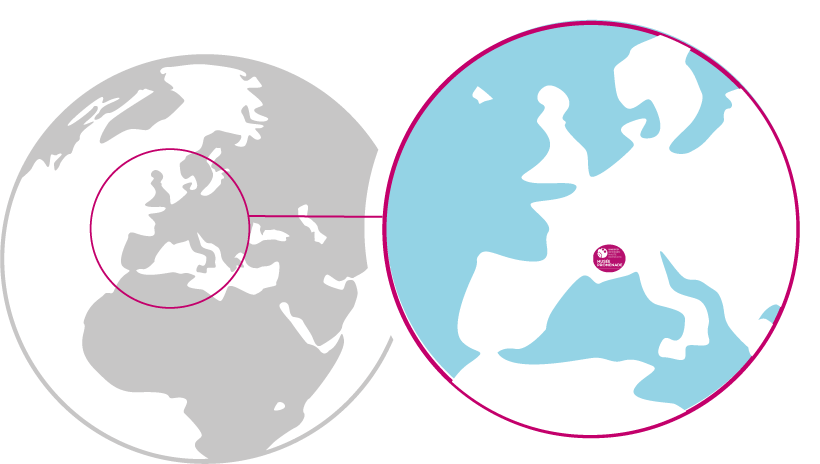The sweeping, sloping curves of "black-earth" form a landscape of dark-coloured dunes and bright golden displays of blossoming juniper-bushes under a stormy sky, in early summer.
This lunar-like landscape, which is often found in the Southern Alps, was formed under the sea in the Jurassic period by the depositing of large quantities of clay-limestone sediments, called marl. The black colour of these rocks is due to the presence of pyrite (iron sulphide).
The creation and rising of the Alpine mountain range and then erosion have shaped these terrains, which we see today. Opposite us, the heart of the Monges anticline (upward, uplifting geological folds) rock formations.
In the region, the deeply eroded black-earth is called marlstone or black badlands. There is almost no vegetation in this stony mineral environment. Only a few short grasses and thorny shrubs manage to survive on these impervious and impermeable rocks, which are always subject to heavy erosion.





